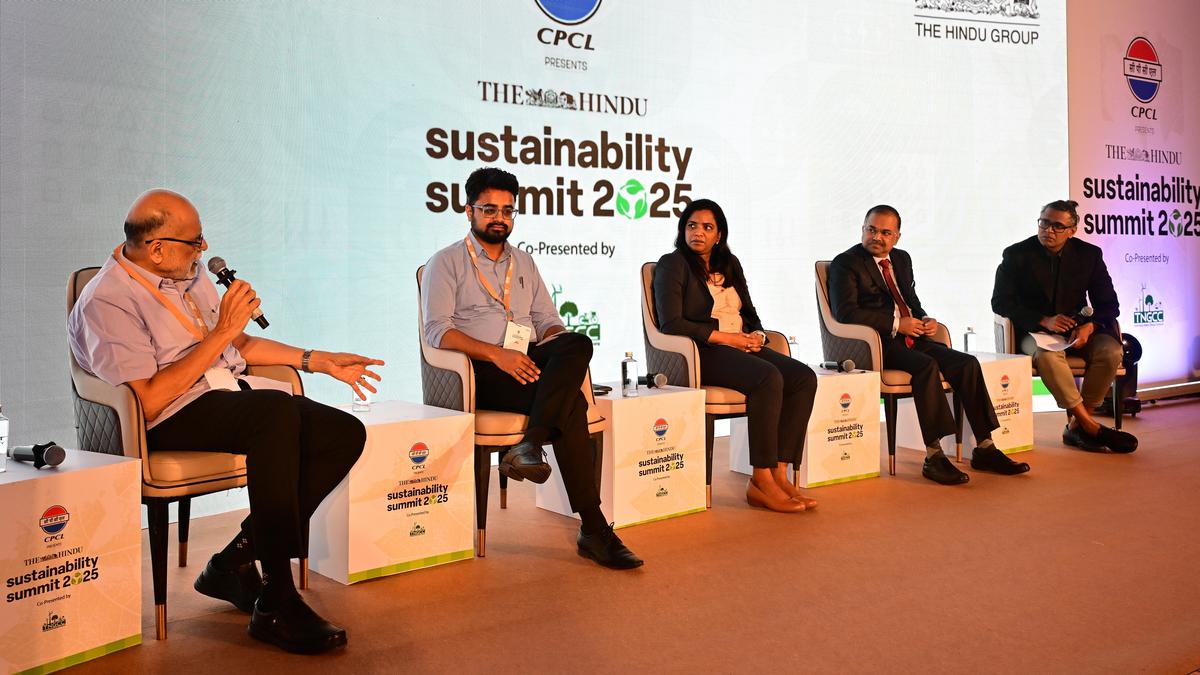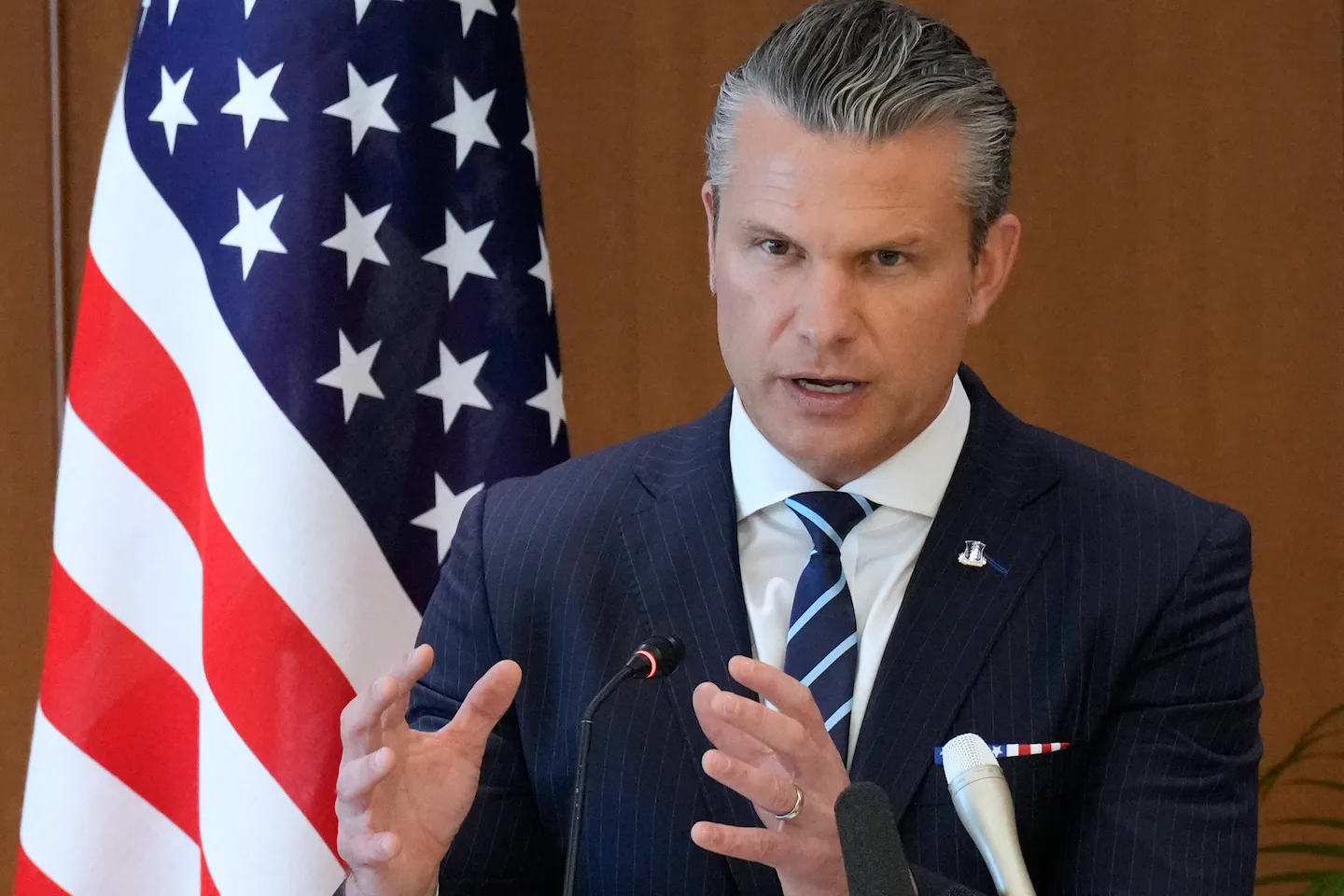Copyright The Street

Americans have been hit by rising inflation, and many have felt the pinch when it comes to buying everyday items. There’s a disconnect, however, between the realities of inflation and how consumers perceive the price increases. For most people, inflation is more a feeling than an actual analysis of their economic situation. “A typical person does not follow the inflation data at close range. Instead, impressions of inflation are formed through the experience of shopping for goods and services. And whether it is strictly rational or not, many think that things have gotten inordinately expensive,” Carl Tannenbaum wrote for Northern Trust. Real Americans also experience inflation differently. “Normal people do not confine themselves to the twelve-month window employed by economists to gauge inflation. In many cases, perceptions are still anchored to pre-pandemic conditions. In aggregate, prices paid by American consumers are more than 20% higher than they were four years ago,” he wrote. Prices are definitely higher, and President Donald Trump’s tariffs have played a part in pushing prices higher. Amazon, Walmart, and Target talk a lot about tariffs and prices during their earnings calls, but they usually focus on their mitigation efforts, and while they admit some prices will be higher, they don’t offer specifics. Now, new data from DataWeave reveal exact price-increase numbers for all three major retailers. Walmart, Amazon, and Target are vague on price increases Amazon, Walmart, and Target have not ignored the idea that some prices have, or will, increase due to tariffs. Walmart CEO Doug McMillon did address that idea during his company’s second-quarter earnings call. “With regards to our U.S. pricing decisions, given tariff-related cost pressures, we’re doing what we said we would do. We’re keeping our prices as low as we can for as long as we can. Our merchants have been creative and acted with urgency to avoid what would have been additional pressure for our customers and members,” he shared. Amazon CEO Andy Jassy’s comments during his company’s third-quarter earnings call were more vague. “We remain committed to staying sharp on price and meeting or beating prices of other major retailers,” he said. Outgoing Target CEO Brian Cornell admitted that tariffs have been a moving target during his company’s second-quarter earnings call. “As one of the largest importers in the country, the prospect of higher tariffs meant we were facing some major financial and operational hurdles as we entered the year. This was further complicated by the multiple changes in tariff policy that have been announced and implemented as the year has progressed,” he said. Cornell praised his team’s efforts at mitigating the impact of tariffs, but also made it clear that more could change. “While the tariff environment remains challenging and highly uncertain, the team has made significant progress in mitigating their impact on the P&L, while maintaining our focus on value by limiting the impact on our pricing,” he added. Walmart, Amazon, and Target have raised prices “Amazon prices have risen 12.8% this year on average as of the end of September, according to an analysis of online pricing data from third-party research firm DataWeave. Prices at Target were up 5.5% since the start of the year, and prices at Walmart were 5.3% higher, according to the analysis,” CNBC reported. DataWeave reviewed roughly 16,000 items each on Amazon’s, Walmart’s, and Target’s websites to conduct its analysis. “Retailers, already operating on thin margins, say they have no choice but to raise prices to offset higher costs from tariffs. And they are also bracing for higher shipping costs fueled by a surge of companies scrambling to get their goods on ships to the U.S.,” The Associated Press reported. Amazon, Walmart, and Target have been aggressive in trying to both keep prices down and manage expectations, because consumers simply don’t like price increases. “Retailers recognize that unless they pull out some stops on pricing, they are going to have difficulty holding on to the customers they got,” GlobalData Managing Director Neil Saunders told Inc. “The consumer really has had enough of inflation, and they’re starting to take action in terms of where they shop, how they shop, [and] the amount they buy.” U.S. retail and food inflation over the past 5 years



